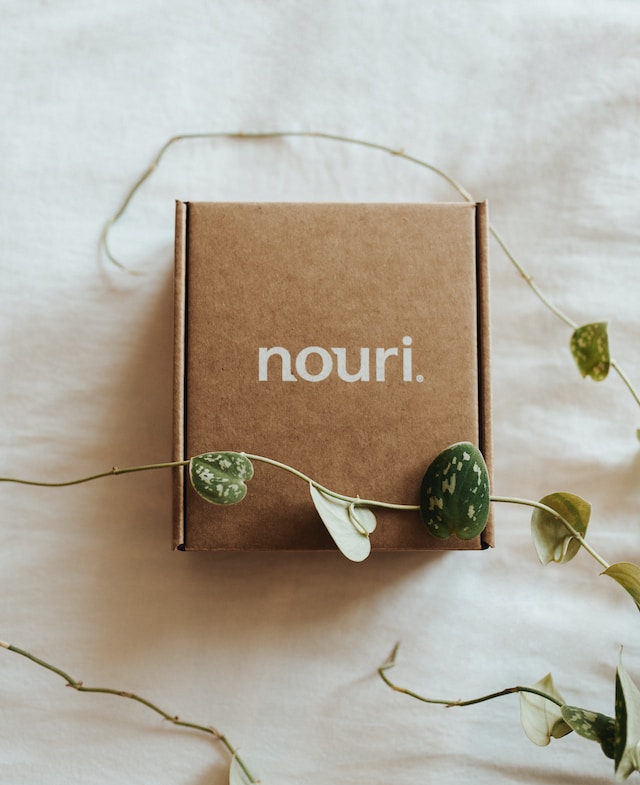
From Concept to Shelf: The Art of Effective Packaging Design Solutions
Packaging is a marketing tool that conveys a brand image to consumers. It can also contain, protect, dispense, and store a product. Before you start designing, think about who your product is for and what message you want to send. For example, a product sold online may need more space for information than one intended for a boutique shelf.
Branding
Branding is one of the most essential aspects of packaging and design solutions. It can help create a strong brand identity, communicate value, and influence consumer behavior. It can also differentiate a product from competitors. A successful branding strategy requires careful consideration of aesthetics, functionality, and sustainability. Functionality is essential to packaging design because it can improve the overall customer experience. For example, a box with easy-open tabs or resealable bags can make a difference for customers who want to enjoy the product on the go. Aesthetics is another crucial aspect of packaging design because it can influence how a product looks and feels. For example, a box with a unique shape can distinguish a brand from the competition and make it stand out on store shelves. Sustainability is essential in packaging design because it can help brands reduce their environmental impact. For example, a brand can use recycled materials to make its packaging more eco-friendly. This can increase customer satisfaction and build trust with consumers.
Materials
When it comes to packaging, the choice of materials is vital. Even the most eye-catching design will only do a little good if it can’t be made into a package that can withstand shipping and handling once it leaves your facility. A package’s visual appearance is an essential aspect of the design process because it catches customers’ attention, creates a strong brand identity, and communicates the product’s value in just a few seconds. Brands have used adequate packaging to establish their products’ unique identities and boost sales. Choosing the suitable material for your packaging is also important because different materials produce different emotions in people through touch and vision. For example, some materials may evoke a sense of beauty and elegance, while others can convey a feeling of warmth and generosity. When selecting materials, look for recyclable, biodegradable, or even compostable options to help your brand promote sustainability.
Printing
The minor details can make or break the final design when printing. Printing involves converting production designs into print-ready files and producing the physical packaging materials. It’s essential to review die lines, eye marks, and color mapping points at this stage to ensure consistency. Digital printing has revolutionized packaging, allowing more vivid colors and shorter processing times. These innovations have helped to transform packaging into a storytelling experience that engages customers and encourages social sharing. Adequate packaging must protect the product, stand out on the shelf, and convey brand value and key differentiators. The design must also appeal to the target audience, including gender, culture, and age preferences. In addition to these factors, adequate packaging must be functional and aesthetically appealing. Consumers can assess the visual appeal of a package in just 50 milliseconds. For these reasons, it’s essential to test various packaging solutions. These tests will help identify which are most likely to succeed on the shelves and in the market.
Packaging
Every day, consumers interact with products and their packaging in various ways. Whether opening up a new tube of toothpaste, buying a pack of gum, or pulling a box of cereal off the shelf, product packaging impacts their purchasing decisions and brand loyalty. The package design can communicate important information about the product, including ingredients and nutritional information. It can also convey a brand’s values, such as eco-friendliness or premium quality. This information is critical for consumer purchase decisions and can affect the overall customer experience. Effective packaging designs prioritize functionality, clear and concise information, aesthetic appeal, sustainability considerations, and branding consistency to create positive customer experiences. These factors can influence how a product is perceived, increasing sales and customer satisfaction.





